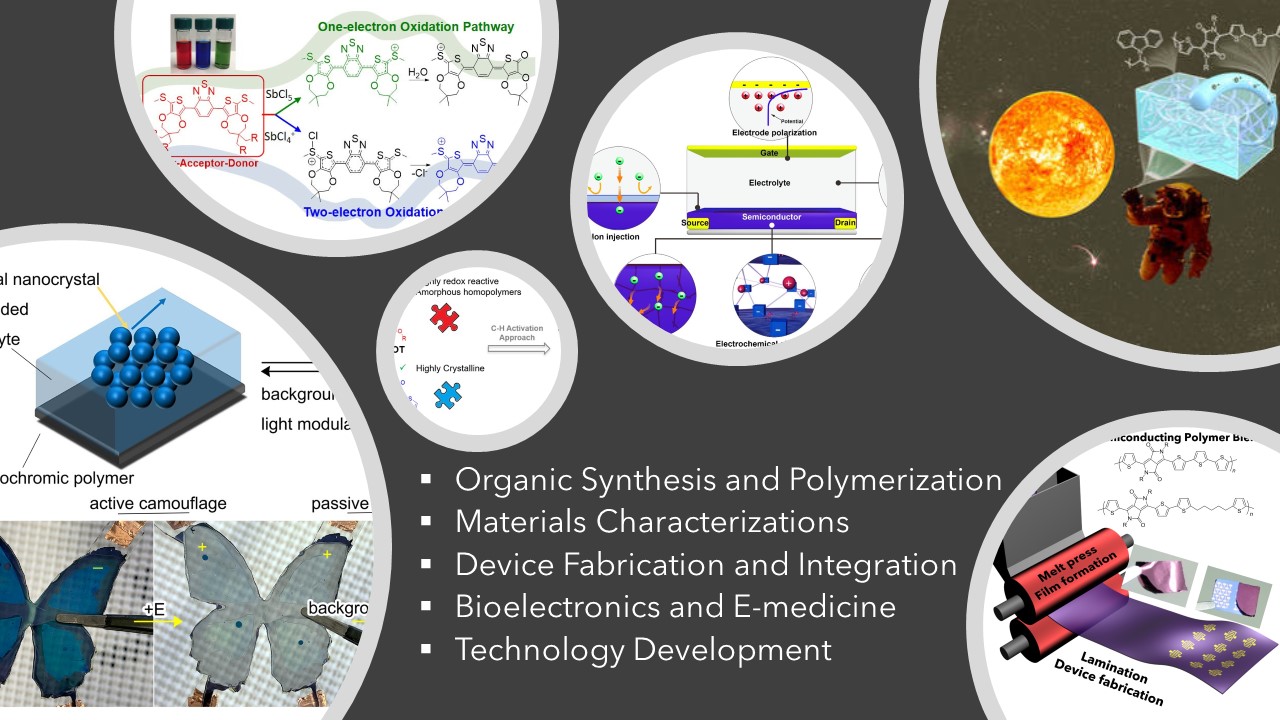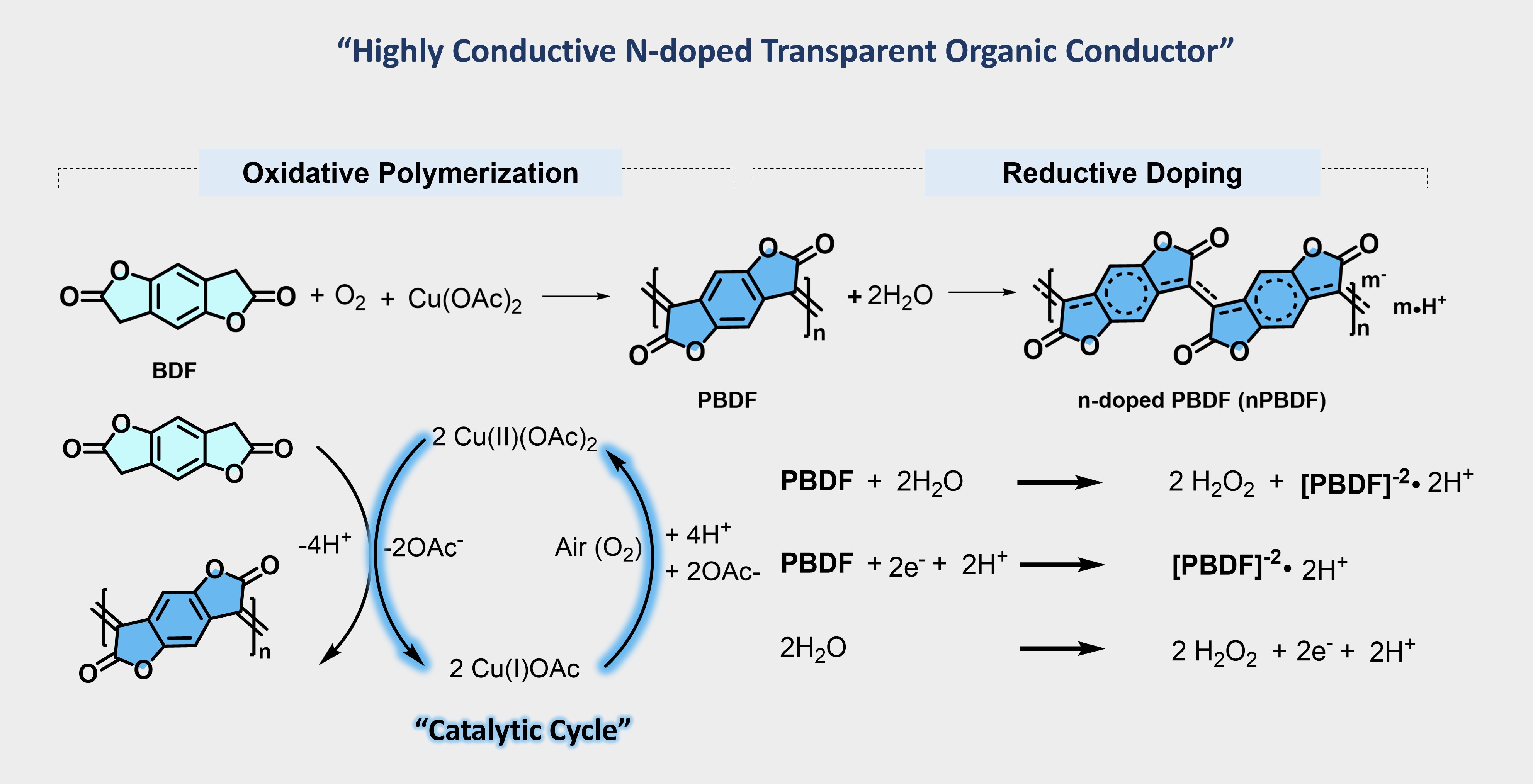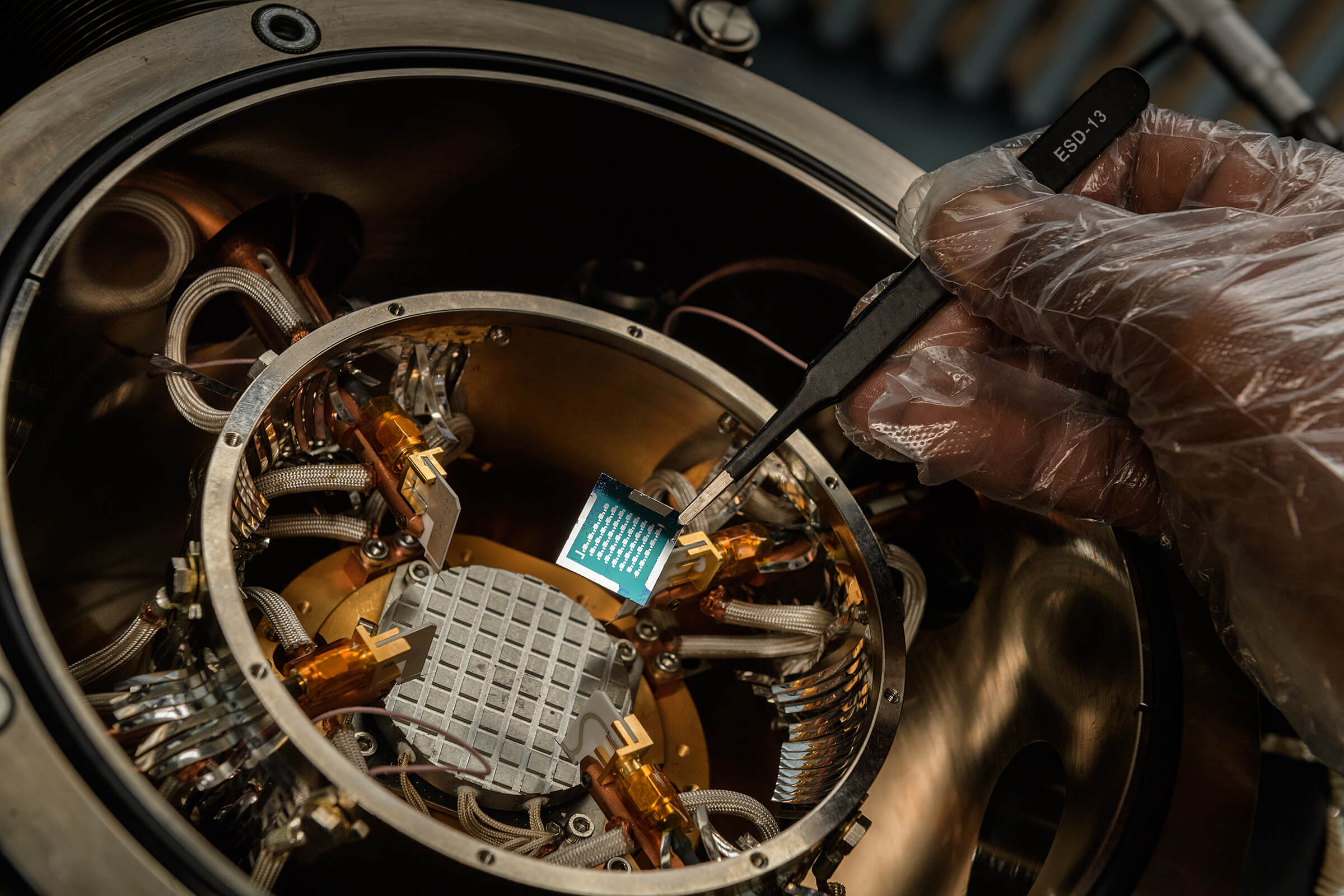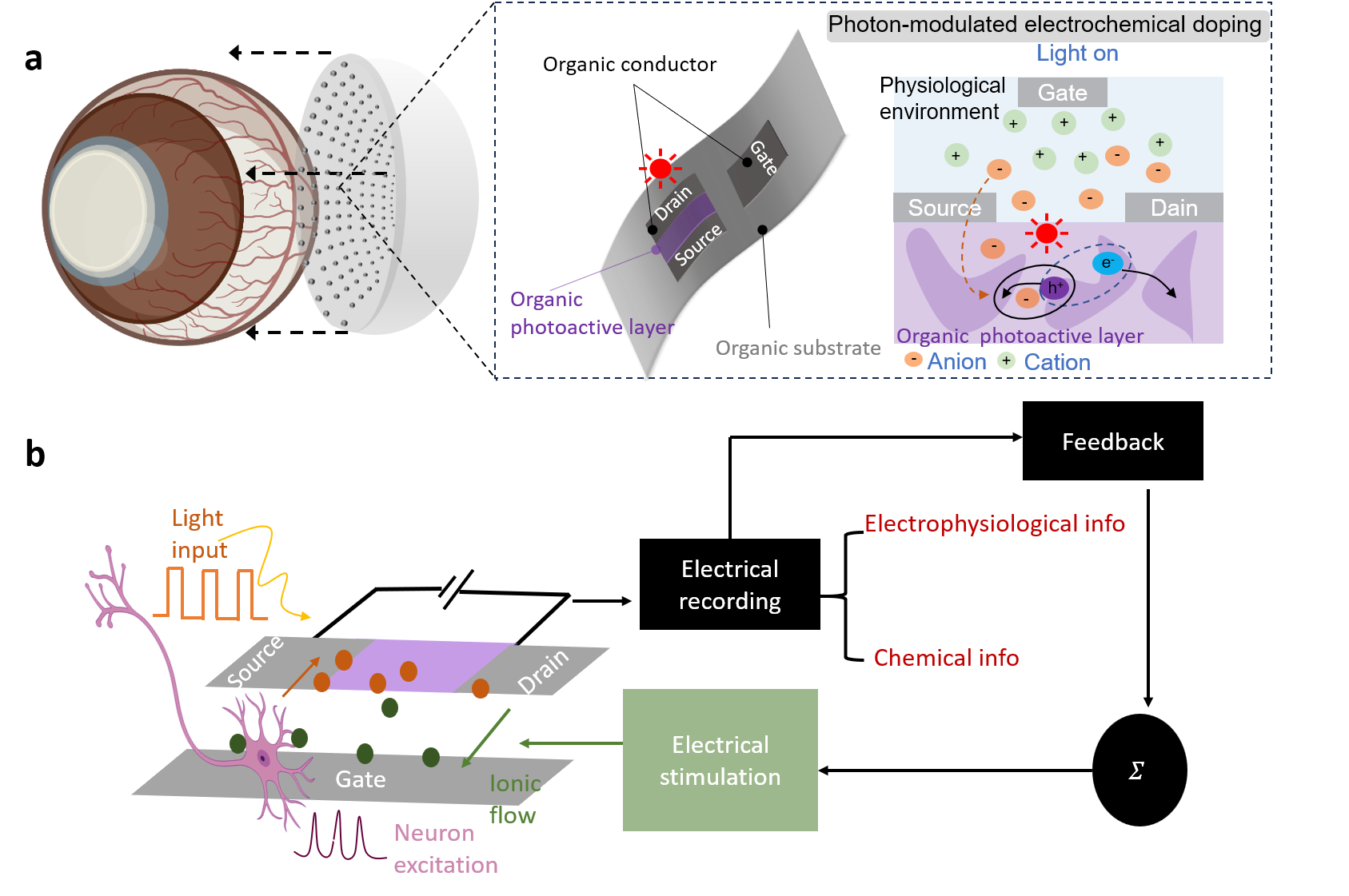Research

Organic Synthesis is a key element in our research. We explore new synthetic approaches to prepare new organic materials. For instance, we recently reported a highly conductive n-doped transparent organic conductor (n-TOC) based on a highly efficient copper-catalyzed cascade reaction in the air. The performance of this n-TOC (n-PBDF) rivals indium-tin-oxide (ITO), commonly used in phone screens, displays, and solar cells. In other words, n-PBDF can be inside your phones in the future. The following is a highlight of our recent work in J. Am. Chem. Soc. 2023, 145, 6, 3706–3715.

Machine-learning Assisted High-throughput Automated Synthesis combines machine-learning algorithms with automated chemical synthesis to accelerate the discovery and development of new materials. The approach involves using large-scale, parallel chemical reactors to carry out chemical reactions in a high-throughput manner. Machine learning algorithms are then used to analyze the data generated by the high-throughput synthesis process, including information on reaction yield, purity, and other key metrics, to identify patterns and optimize reaction conditions in real time. By leveraging the power of machine learning, researchers can quickly screen a large number of potential reaction conditions, identify the most promising candidates, and rapidly iterate to optimize the synthesis of target compounds. The use of machine learning in high-throughput automated synthesis is used in the Mei group to accelerate the discovery and optimization of new materials with desired properties.
Materials Characterization and Processing are also critical components in our research efforts. The essential goal is to establish the relationship among chemical structures-materials processing - thin-film morphologies - functional properties (e.g. mechanical, optical, and electronic properties).
Device Fabrication and Integration are indispensable when it comes to demonstrating the potential of our materials. There are three primary electronic devices we build in the laboratory, including organic field-effect transistors (OEFTs), organic electrochromic (OECDs), and organic electrochemical transistors (OECTs). The following is an example of our high-temperature electronics in Science, 2018, 362, 1131-1134.

Electrochromic glass (smart windows) is a type of electronic device that can change its light and heat transmission properties, which renders energy-saving and bring users visual comfort. The major obstacles for current electrochromic technologies to be adopted by the market are 1) premium pricing, 2) the lag in response time between the colored and the bleached states; and 3) the lack of color neutrality (neutral grey color). In addition, the current electrochromic technologies are incapable of turning millions of existing static windows into dynamic switchable windows. By applying an adhesive layer onto roll-to-roll manufactured thin-film electrochromic foils, which can then be laminated onto a flat/curved glass architecture – we investigate an electrochromic technology that is scalable, cost-effective and fulfills unmet needs in the switchable glass industry. We currently focus on the scale-up synthesis of electrochromic polymers and roll-to-roll fabrication of electrochromic devices by partnering with industrial experts. Dr. Mei co-founded Ambilight Inc, a company that brings EC technologies to Markets.
Organic Bio-electronics are a generic platform with unprecedented biological recording and regulation potentials - a technology that bridges biology with electronics. It is based on a unique combination of both electronic and ionic conductivity presented by conducting and semiconducting polymers that enables a means to effectively interface biology with conventional electronics. In our group, we design and synthesize such electronic and ionic polymers, integrate them into organic electrochemical transistors (OECTs), and use these devices to interrogate interesting biological processes such as neural activities, as well as disease diagnosis and monitoring. Here is a schematic drawing of our work on Artificial Retina (Organic Eyes) Nature Photonics 2023, 17, 629–637.

"In our lives, we're constantly taking risks and changing our lifestyles, and discovering new things by trial and error. If you're not making a few mistakes, you're probably not doing very much. Only by taking risks do you make progress"
Arnold Beckman
"The desire that guides me in all I do is the desire to harness the forces of nature to the service of mankind."
Nikola Tesla








We appreciate their support for our research!